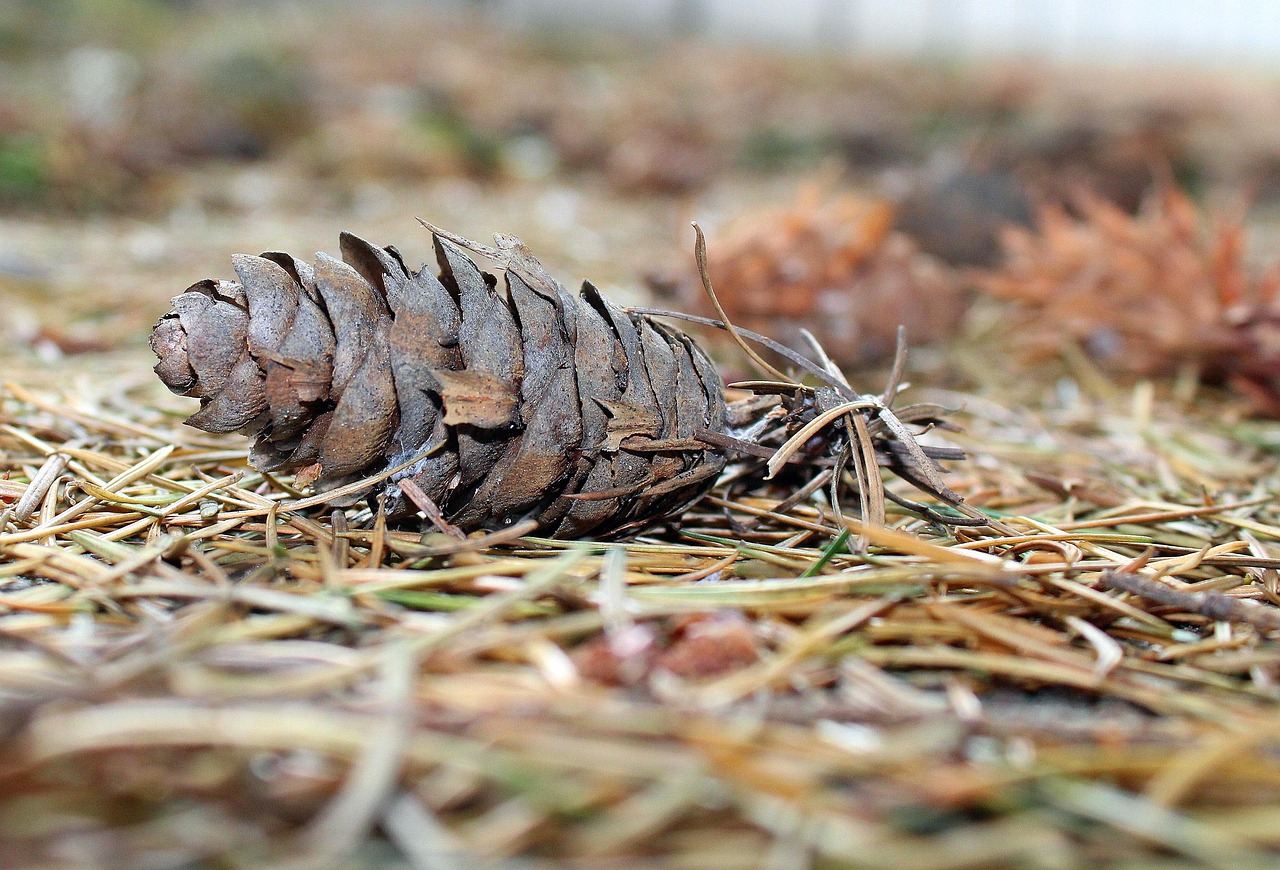Maintaining a lush, green lawn requires a delicate balance of care and attention to detail. Among the many tasks involved, mowing and fertilizing stand out as fundamental practices for nurturing healthy turf. However, homeowners often find themselves pondering a common question: Can I mow and fertilize on the same day? In this article, we delve into this lawn care conundrum to provide clarity and guidance for achieving optimal results.
Understanding the Relationship Between Mowing and Fertilizing
Mowing and fertilizing are two essential components of a comprehensive lawn care regimen, each serving a distinct purpose in promoting healthy turf growth. Mowing helps maintain an appropriate grass height, enhances the aesthetic appeal of the lawn, and prevents the accumulation of thatch. On the other hand, fertilizing provides essential nutrients to support robust root development, vigorous foliage growth, and overall turf health.
The Case for Separating Mowing and Fertilizing
While it may be tempting to tackle multiple lawn care tasks in a single day for the sake of convenience, experts generally advise against mowing and fertilizing on the same day. Here’s why:
- Risk of Nutrient Loss: Fertilizing immediately before or after mowing increases the risk of nutrient loss. Mowing can disturb the fertilizer granules, causing them to disperse unevenly or become lodged in the mower blades, resulting in ineffective nutrient uptake by the grass roots.
- Compromised Nutrient Absorption: Freshly mowed grass blades may struggle to absorb nutrients from fertilizer due to the stress and trauma inflicted during mowing. This can hinder nutrient uptake and limit the effectiveness of the fertilizer application.
- Potential for Lawn Damage: Mowing and fertilizing on the same day can place undue stress on the turf, particularly during periods of extreme heat or drought. Overloading the lawn with multiple tasks in a short time frame can compromise its health and resilience, leading to potential damage or decline.
Best Practices for Lawn Care Timing
To optimize the effectiveness of both mowing and fertilizing, it’s advisable to stagger these tasks and allow sufficient time between them. Here are some best practices to consider:
- Schedule Fertilization Wisely: Plan fertilizer applications for days when mowing is not scheduled or has been completed several days prior. This allows the grass ample time to recover from mowing and ensures optimal nutrient absorption.
- Follow Mowing Recommendations: Adhere to recommended mowing practices, including maintaining the appropriate grass height and frequency of mowing based on the specific grass species and growing conditions in your area.
- Monitor Weather Conditions: Pay attention to weather forecasts and avoid fertilizing or mowing during periods of extreme heat, drought, or heavy rainfall. Optimal weather conditions promote healthy turf growth and maximize the effectiveness of lawn care treatments.
While the temptation to mow and fertilize on the same day may be strong, it’s essential to consider the potential drawbacks and implications for lawn health. By understanding the relationship between mowing and fertilizing and following best practices for timing lawn care tasks, homeowners can ensure optimal results and maintain a vibrant, healthy lawn year-round. So, resist the urge to rush through your lawn care routine and instead embrace a balanced approach that prioritizes the long-term health and beauty of your turf.



